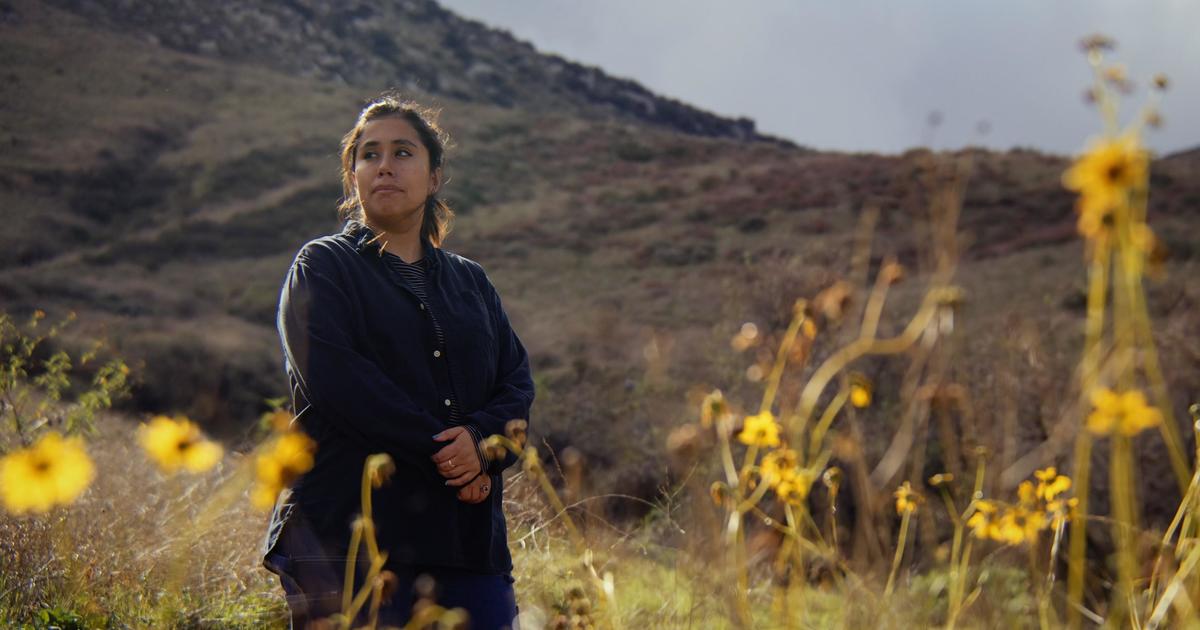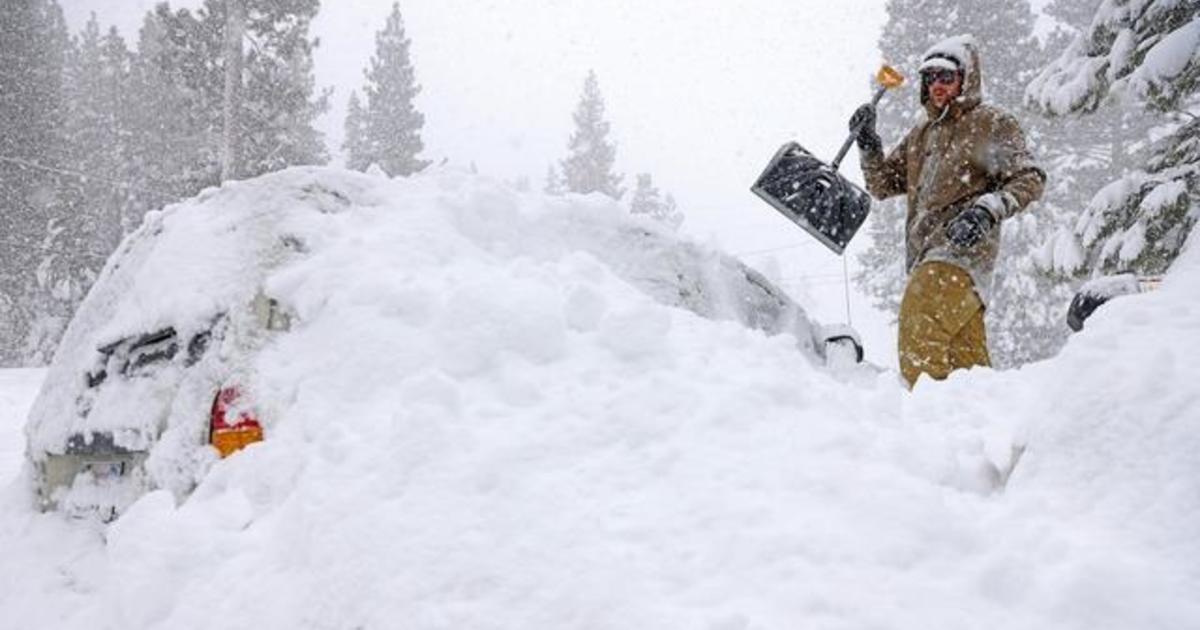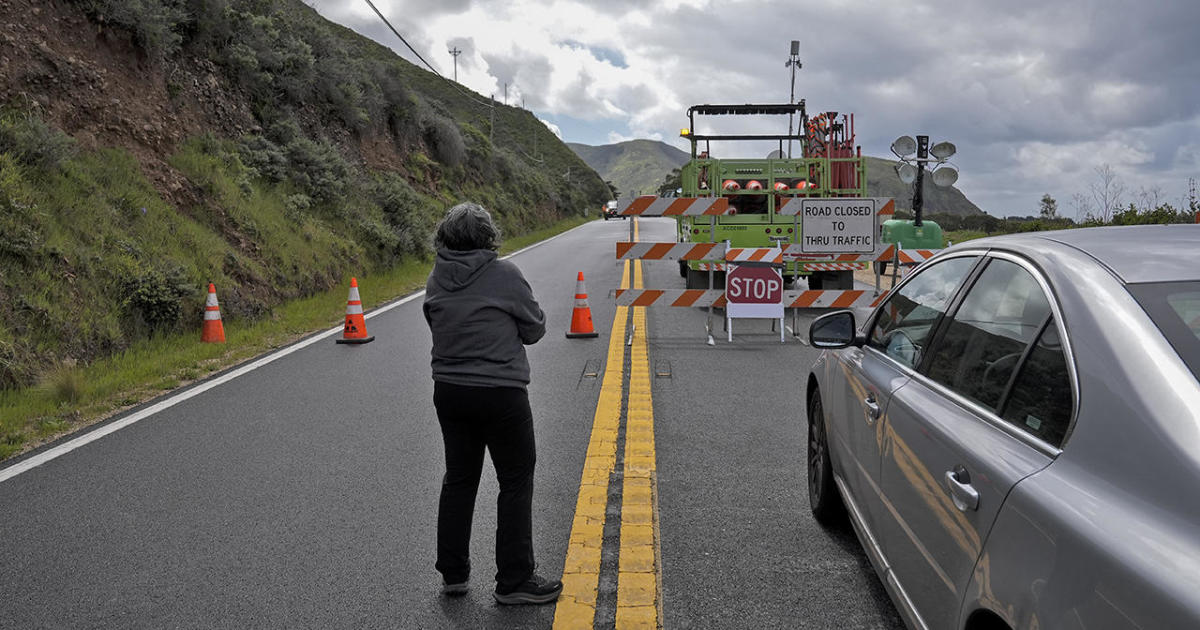Community scientists reveal the hidden powers of sea otters
WATSONVILLE -- Twice a month, community scientists in Santa Cruz and Monterey counties -- all trained volunteers -- head out to Elkhorn Slough, a 7-mile arm of Monterey Bay.
Armed with binoculars, scopes, notebooks and iPads, they arrive and set up at more than a dozen locations along the banks of the slough.
On one morning at around the same time, a small boat steered by another community scientist and U.S. Navy Veteran named Ron Eby, launched from the harbor at Moss Landing.
"It's a beautiful story about nature getting back in balance," exclaimed Eby.
The boat carried two scientists who also had binoculars and notebooks. Their dinghy, powered by an electric motor, headed towards the slough.
ALSO READ: Santa Cruz sea otter 'outlaw' eludes capture, gains online fans
All were aiming to observe one of the most charismatic creatures on the planet: the threatened southern sea otter.
"The fur trade of the 1800s nearly wiped them out," noted U.S. Fish and Wildlife scientist Lilian Carswell, who was on the boat.
"Prior to about 1995, there weren't that many otters in Elkhorn Slough," added Eby.
That all changed in the 80s when the Monterey Bay Aquarium released rescued otters into the slough. The estuary is now home to the greatest concentration of southern sea otters in the world.
ALSO READ: Could sea otters save kelp forests off Northern California coast?
When they colonized the slough, it is as if Mother Nature came back online.
Thanks to the newly established colony, another species -- one that has decreased tremendously that also helps to fight climate change -- is once again thriving. It's a type of seagrass called eelgrass. It usually grows in shallow water. The tips of the grass are often visible as the otters rest on them.
Eelgrass beds have been in danger of dying off, due in part to agricultural runoff, pollution, and a warming climate. But then the otters came to the rescue.
"When the otters came in, the eelgrass had grown significantly," recounted Eby.
Otters are an apex species. Introducing them appears to have put nature back into balance.
ALSO READ: Commercial crabbers worry bringing sea otters back to San Francisco Bay could hurt industry
The sea otters have no blubber on them. To keep warm, they must eat a lot. In the slough, one of their favorite foods is plentiful: crabs.
The otters ate a lot of crab. Because there are now fewer crabs in the estuary, the number of a special kind of slug called a sea hare has exploded. These sea slugs eat a lot of the excess algae film and crud found on dying eelgrass, scrubbing it clean and exposing more of it to sunlight.
The evidence was published as a study in a prestigious journal known as PNAS or the Proceedings of the National Academy of Sciences. The lead authors included Brent Hughes, who provided CBS News Bay Area with photographs of sea hares and eelgrass. Ron Eby is also a credited author on the report.
"They're taking the brown crud off the seagrass. The seagrass can then absorb light and then it flourishes," explained Carswell.
Seagrass is one marine ecosystem that acts like a carbon sink, and that helps to fight climate change.
ALSO READ: Feasibility Assessment of Sea Otter Reintroduction to the Pacific Coast (PDF)
"Seagrass absorbs carbon dioxide from the atmosphere. And it stores it in its root base and its root base is buried in the marsh. So that's a powerful form of carbon sequestration," said Carswell.
The carbon that's captured in coastal soil is known as blue carbon. It can remain there for thousands of years. One report found how seagrass meadows can store up to twice as much carbon as the world's forests.
"It doesn't get released back into the atmosphere and cause global warming which is such a problem around the world," described Eby.
As for the community scientists and scientists hoping to catch an eyeful of otters, they are hoping to record data that concerns the otters' social interactions. That data will help inform scientific research.
In one study, headed up by Carswell, scientists have tagged about half of the otter colony with lightweight colorful tags. The combination of colors identifies each individual otter. When spied thru binoculars or scopes, the volunteers and the scientists record the tag colors, where each otter is found and what they are doing, paying special attention to their habitat use and social interactions.
"When I see an otter, I describe whether it's foraging, resting, grooming, traveling, or interacting," said volunteer community scientist Della Bossart.
"It's much more important to look at their social dynamics if we are going to translocate them," added Eby.
The hope is that if some of the otters are moved to other estuaries or bays in the state, they may help to restore dying eelgrass in their new home. That may benefit us all as our planet warms.
While there are some concerns from crab fisheries about relocating the otters to San Francisco Bay, two studies -- one by A.M. Boustany et al, and the other by Grimes et al -- may help alleviate the understandable uneasiness. The research suggests how the otters and Dungeness crabs can co-exist without financially harming the industry.
ALSO READ: Seagrass ecosystems as a globally significant carbon stock
Seagrass meadows provide more than carbon sequestration. They also provide food and habitat for countless organisms as well as erosion control.



